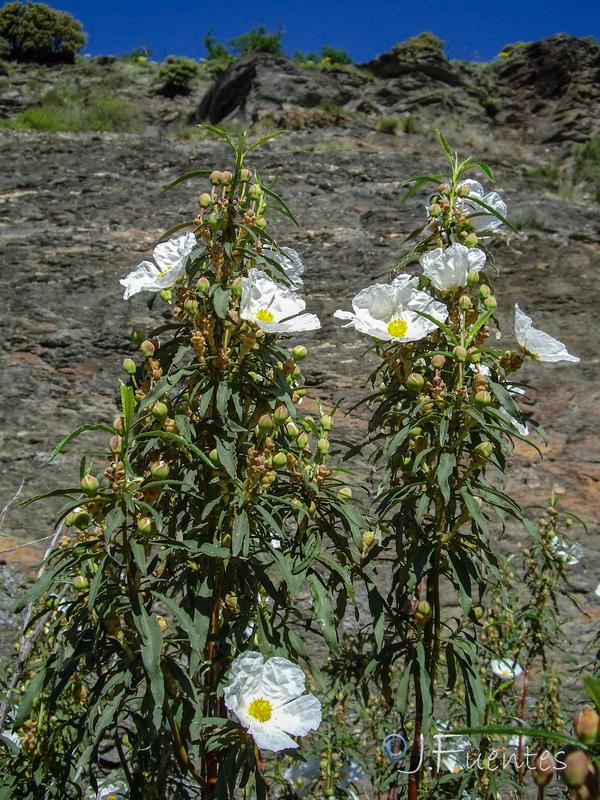





 1
1












 2
2




 4
4












 1
1




Konstantinos Karoubas wrote:Very interesting; are the old growth forest trees all gone? Are there any patches of forest with oak, maple and other broadleaf trees?
Maybe around monasteries…
 2
2




L. Johnson wrote:Looking forward to hearing the results of the olive plantings next year. I'm very curious about different tree planting regimes. It seems like in nature there are two basic patterns,
1. Tree drops fruit or nut, seeds establish, trees gradually spread.
2. Tree makes fruit, fauna eats fruit, deposits seed in dung, seed establishes somewhere farther away.
I assume scarification happens more in 2 than 1 and be more important for trees who rely on that method.
Do you have thoughts on this matter in your area?

"The best time to plant a tree was 20 years ago. The second best time is now." Chinese proverb



 3
3




Konstantinos Karoubas wrote:Thank you L. Johnson,
Very interesting; are the old growth forest trees all gone? Are there any patches of forest with oak, maple and other broadleaf trees?
Maybe around monasteries…
Here the old forests were destroyed over a period of 2500 years. The oak trees were cut again and again, and the conifers came to fill the empty space. Now the pine trees are dying from fires and diseases.
It's an opportunity to plant trees other than conifers. An opportunity to turn a problem into an asset.
In Japan it happened over a much shorter period; the same end result...degraded landscapes. It's an opportunity to aggressively remove the cedar trees and plant maples and oaks.
I am amazed how much money and energy is spent on weapons of violence and in relation how little is spent to heal past mistakes; drones and weapons for destruction but not for food, reforesting and peaceful uses.
On the olive trees...I/we should collect olives from 3 or more different olive trees, and mix them together, so each planting hole has olives from different trees. Give them a better chance to sprout and grow.
Your land sounds like your piece of heaven on earth...enjoy it, life is good and it's short !!!
Kostas


 4
4




 2
2












 3
3




Konstantinos Karoubas wrote:We have discussed in the past the Great Green Wall project.
Here is another NYTimes article. It is very informative. Great graphics.
NYTimes Great Green Wall article
It's encouraging to say the least. To see all these trees growing, and the land turning green !!!
 3
3




 4
4




 1
1




Konstantinos Karoubas wrote:
Some place, somewhere, the Mulberry trees grow and thrive like "weeds" and are the tree of choice to plant. The question is will they thrive here.
Kostas
 1
1




 1
1




 4
4




 2
2




 4
4




 1
1








![Filename: Tree-Planting1.jpg
Description: [Thumbnail for Tree-Planting1.jpg]](/t/14353/a/169714/Tree-Planting1.jpg)
 2
2




 4
4




 4
4




 3
3




 4
4




 3
3




 2
2




 2
2








 2
2





 1
1




 1
1




Come join me at www.peacockorchard.com
 1
1




 3
3




![Filename: five-months-ago.jpg
Description: [Thumbnail for five-months-ago.jpg]](/t/14353/a/176771/five-months-ago.jpg)
 1
1





 2
2




lala funstar wrote:Very helpful,, I’m considering a move to New Mexico to a very arid environment snd it both scares snd exhilarates me,, I am used to a fertile , urban habitat with copious amounts of water and organic matter. Anyone in NM?
Be joyful, though you have considered all the facts. ~Wendell Berry
 1
1




 1
1




 1
1




 1
1





|
I thought you said "pie." This is just a tiny ad
Justin Rhodes' Homestead Design Course - Webinar Recording (4 hours + 33 page .pdf)
https://permies.com/t/213402/Justin-Rhodes-Homestead-Design-Webinar
|








